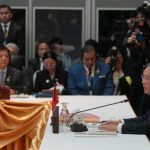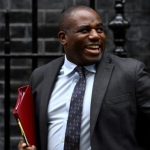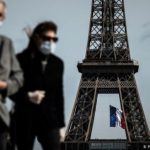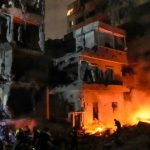
Southeast Asian leaders wrapped up this month’s summit in the Lao capital Vientiane by reaffirming their commitment to an “open, inclusive and transparent” ASEAN community. But some of the international media covering the meeting of the 10 member countries complained the vision was far from reality due to tough local reporting restrictions.
Authorities would not allow the hundreds of media members to talk to people on the streets to ask how they were coping with inflation that the Asian Development Bank forecasts will average 20% this year.
The media coverage manual said the press must report only from the National Convention Center hosting the summit or the Media Center a few kilometers away. Permission to report in the field was not available during the Oct. 6-11 meetings, an official at the Lao ministry of foreign affairs told Radio Free Asia.
“They keep us in a small zone and keep a close watch, we can’t go anywhere or interview anyone,” said a reporter at a Japanese news service who, like all the journalists interviewed for this report, didn’t want to be named due to the sensitivity of the issue.
“I could not enter the meeting rooms and take a photo there. The bland press releases are not the reason we come here,” a Lao reporter for a Western news agency said.
A journalist at another Japanese agency agreed that lack of access and the expectation that reporters would write their stories from official handouts meant it was impossible to get to the “essence” of the meetings.
“The press releases are too bland,” they said.
“At the convention center, there were no officials to advise the media about the programs, press releases, how to get access to the internet, slow connections and arrangements for photo opportunities. We have to deal with that among ourselves.”
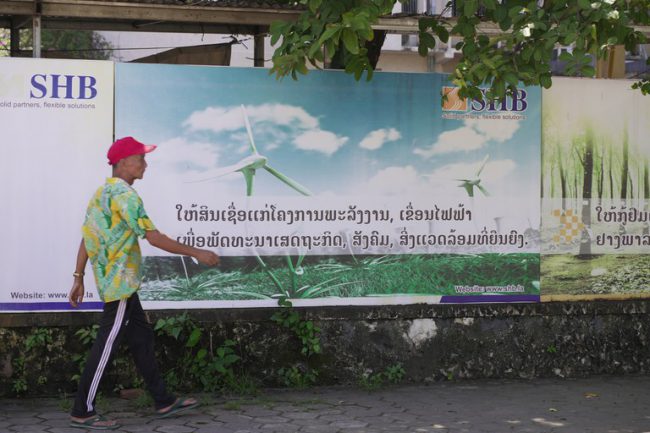
On the streets of the capital the only indication a summit was taking place were ASEAN billboards and the motorcades intermittently passing by.
Even tourists trying to take photos of the Vietnam-gifted National Assembly House were waved away by plain-clothes police.
Back at the media center, there were no briefings from Lao leaders or high-ranking officials to talk about the topics discussed or inform journalists about the views of the country chairing ASEAN this year.
The newsworthy items came from visiting officials such as U.S. Secretary of State Antony Blinken, Malaysian Prime Minister Anwar Ibrahim and Philippine President Ferdinand Marcos Jr., with all three weighing in on recent Chinese actions in the disputed waters of the South China Sea.
Reporters told RFA they were impressed by the prompt briefings from Thai officials after key events such as the China-ASEAN and U.S.-ASEAN Summits, but a Lao reporter was less complimentary about their own government’s briefings.
“The Lao foreign ministry is always late in handing out statements, and yet there’s nothing interesting there. We cannot add more information to make the news interesting either.”
Lao authorities almost totally control the media according to Reporters Without Borders. The country ranks near the bottom of its 2024 World Press Freedom Index.
Translated by RFA Lao. Edited by Mike Firn and Taejun Kang.
By:RFA
